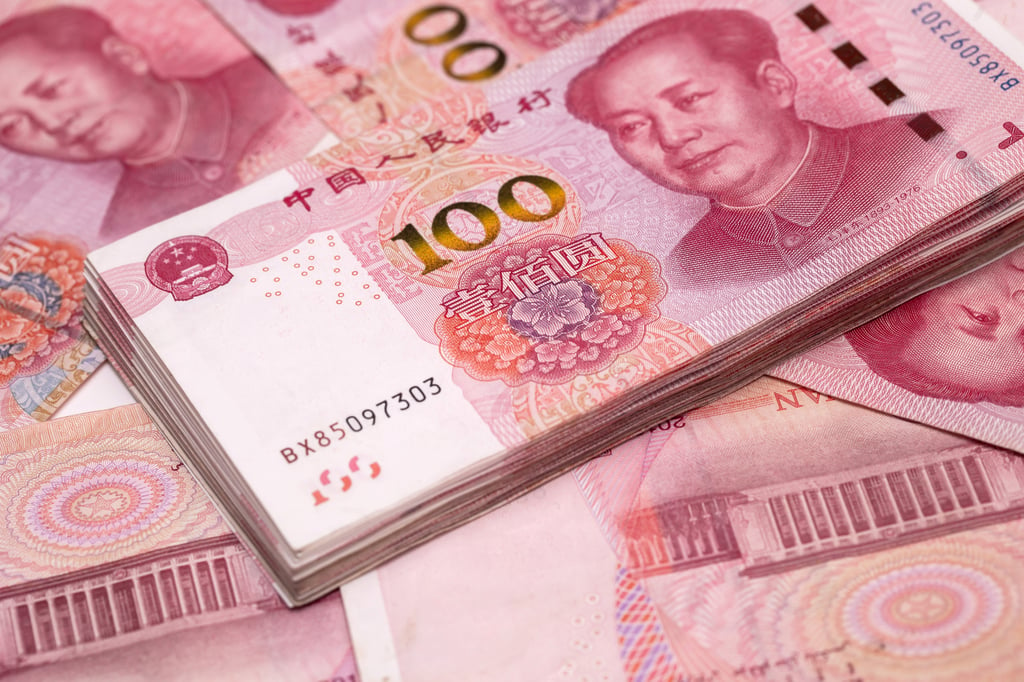China credit engine goes into reverse, piles pressure on Beijing
- Central government indicates it is ready to step in with a spending boost
- The PBOC has room to lower borrowing costs even though that would add downward pressure on the yuan, analysts say

China’s shock credit contraction is adding pressure on the government to spend more money – and on the central bank to help.
Last month’s decline in aggregate financing, the broadest measure of credit, was the first in almost two decades. With private borrowers and local authorities largely tapped out, the central government signalled on Monday it’s ready to step in with a spending boost. The Finance Ministry said it will start selling the first batch of 1 trillion yuan (US$138 billion) in ultra-long special bonds on Friday, raising funds that can be used for infrastructure investments.
The People’s Bank of China (PBOC) has room to lower borrowing costs – and most analysts expect it will, even though that would add downward pressure on the yuan. But monetary easing has so far failed to stem a property slump now in its third year. With home prices falling and the job market weak, households are unwilling to take on more debt however cheap it is to do so.
If the central bank is struggling to steer loans towards consumers and companies, there are ways it can support fiscal spending instead. Analysts expect the PBOC to slash its reserve requirement ratio (RRR) in the coming weeks, allowing banks to buy the bonds that Beijing is about to issue.

The PBOC is also expected to make a small cut in its key lending rate by the end of June, according to a Bloomberg survey last month.